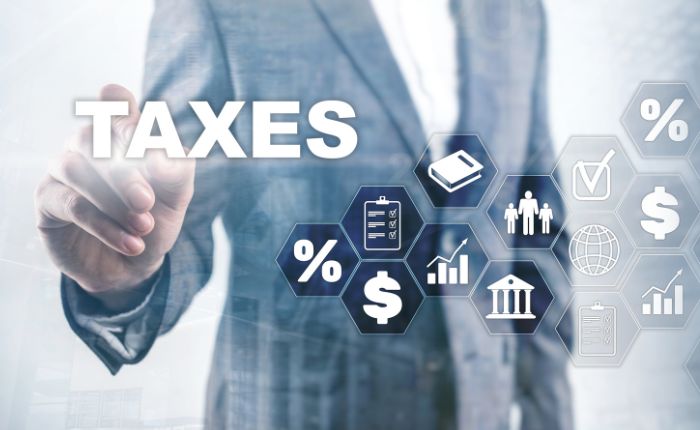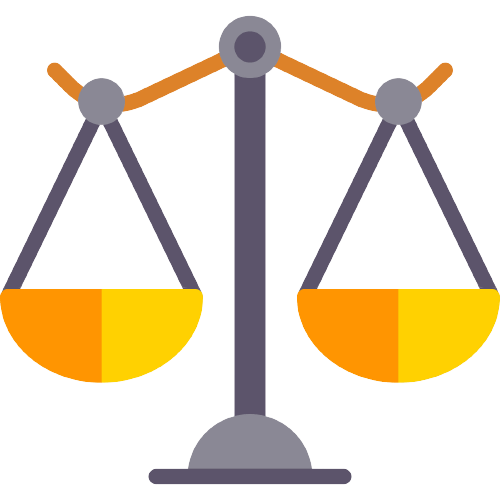According to the tax slabs of the old and new tax systems, each salaried employee is subject to income tax. Income tax is calculated based on various tax brackets after deducting various deductions, so tax planning must start at the beginning of the new tax year. The Finance Law of 2023 proposes new income tax slabs and rates under the new tax system.
- The two significant changes proposed in the 2023-2024 Union Budget are an increase in the tax exemption limit from Rs. 2.5 lakh to Rs. 3 lakh and the introduction of a standard deduction of Rs. 50,000 under the new tax regime, which was previously available only under the old tax system.
- However, these changes will take effect from next year, in AY 2024-25. Did you know that if you earn a gross salary of Rs. 10 lakhs per fiscal year, you can reduce your effective tax rate to zero? Each salaried employee will be taxed at marginal slab rates on their total income, which includes gross income minus eligible deductions.
- Salaried taxpayers must consider any other income, such as interest income from banks, rental income, etc. when calculating their taxes. Salaried individuals with no other significant sources of income must deal with rising inflation and the rising cost of living, so efficient use of deductions and exemptions available under the IT Act is crucial for better tax planning.
- Salaried taxpayers with a gross salary of Rs. 10 lakhs can claim the following deductions generally claimed under the old tax system to reduce the effective tax rate to zero: Standard deduction of Rs. 50,000 under Section 16(ia) of the IT Act.
- Deduction under Section 80C of the IT Act up to Rs. 1,50,000 in payments made towards Life Insurance premiums, Provident Fund, National Provident Certificate, Housing Loan Administrator, etc.
- Deduction under Section 80CCD (1B) of the IT Act of Rs. 50,000 towards contributions to the National Pension Regime notified by the Central Government.
- Deduction under Section 80D of the IT Act of Rs. 25,000 (Rs. 50,000 in the case of seniors) for payments of health insurance premiums.
- Deduction under section 24 (b) of the IT Act in respect of interest on the Mortgage Loan up to Rs. 2,00,000 Pa while repayment of the principal component of the loan can be claimed as a deduction of u/80c as mentioned above.
- If the taxable income of the taxpayer is less than Rs. 5,00,000, they will be eligible to claim a deduction under Section 87A of the IT Act up to Rs. 12500/-.
- In addition to the above, salaried taxpayers can also take advantage of the 10 exemptions for housing rental subsidies, travel permits, vacation pay, etc. based on the components of their salary specified in their CTC.
- The limits for these deductions are usually calculated based on certain salary components, such as base salary, benefit allowance, etc.
- Note that a salaried person who opts for the proposed new tax regime has an income of Rs. 700,000 after a standard deduction U/s 10(1) of Rs. 50,000 and would have zero tax liability.
The Indian government has announced that for the 2023-24 tax year, each salaried individual will have the option to choose between the old and the new tax system. However, the proposed new tax system will be the default tax system. Even under the old tax system, there are several deductions that individuals can claim to reduce their tax liability to zero if their income is up to Rs. 10 lakhs.
- Standard discount of Rs. 50,000/-
- PT (Professional Tax) – Rs. 2500/-
- Deduction below 80C – Rs. 1,50,000/-
- Interest on H.B.Loan – Rs. 2,00,000/-
- Additional NPS – Rs. 50,000/-
- Deduction for Mediclaim above 60 Years – Rs. 50,000/-
If an individual maximizes their deductions, they can reduce their net taxable income to Rs. 5 lakhs and reduce the tax amount to zero under the old tax regime. It’s important to note that while the new tax system has a lower tax rate, it does not offer as many deductions and exemptions as the old tax system. Therefore, individuals should carefully evaluate their options before choosing which tax system to opt for.




















